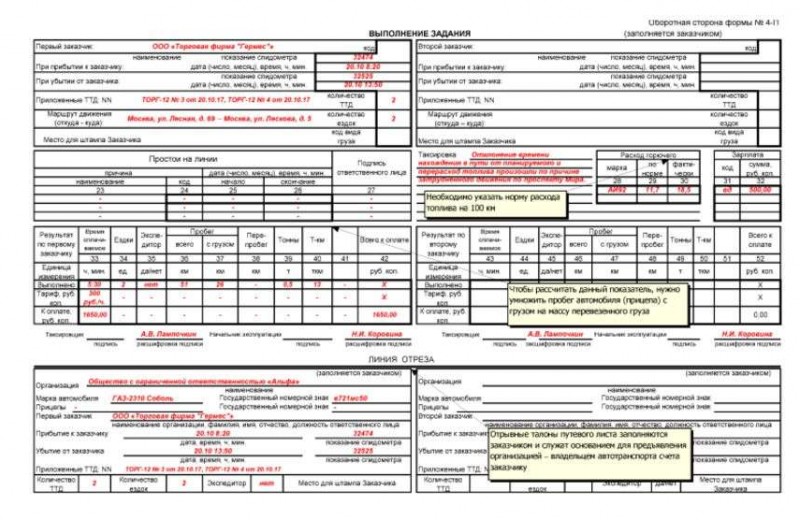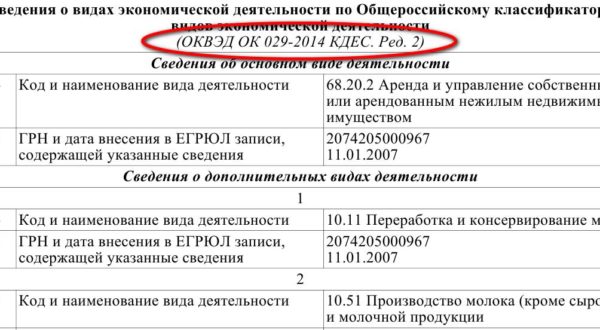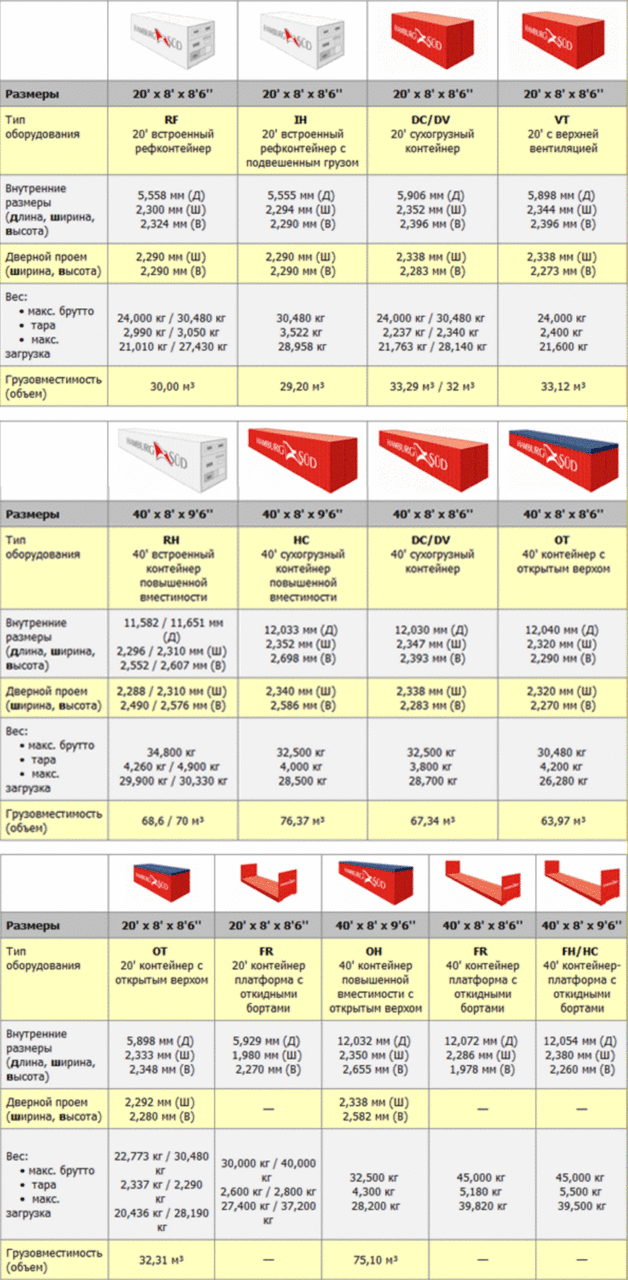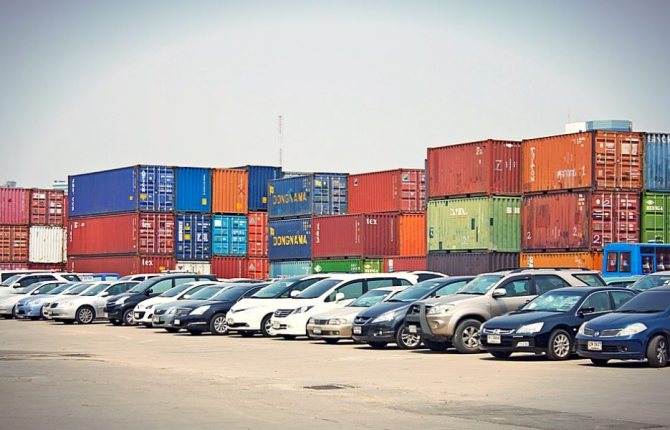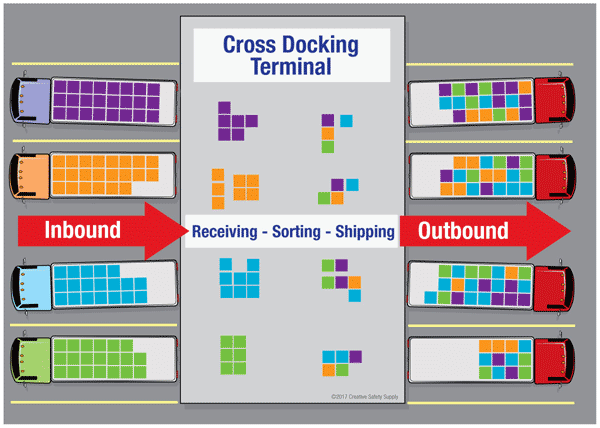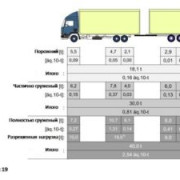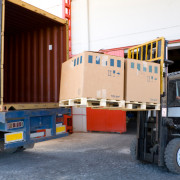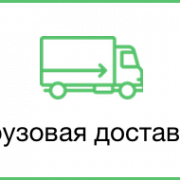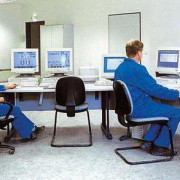На чем разрабатывать oracle разработчику в 2019-м году (и после)
Содержание:
- 1PL, 2PL, 3PL, 4PL, 5PL Definitions
- Логистический аутсорсинг (4PL)
- Основные формы финансовой отчетности
- Four Parameter Logistic (4PL) Regression
- Основные тенденции развития ведущих логистических кампаний мира
- What is a Fourth-Party Logistics Provider?
- What is Fulfillment?
- 4PL
- Преимущества использования
- 3PL vs. 4PL — What’s Best for Your Company?
- Поддержка
- Why Should You Choose 3PL Center for Your Fulfillment Center Needs?
- When to Add 4PL Services to Your Outsourcing Mix
- Disadvantages of 3PL
- Logistics management without 3PL
1PL, 2PL, 3PL, 4PL, 5PL Definitions

- 1PL — First-Party Logistics
- An enterprise that sends goods or products from one location to another is a 1PL. For example, a local farm that transports eggs directly to a grocery store for sale is a 1PL.
- 2PL — Second-Party Logistics
- An enterprise that owns assets such as vehicles or planes to transport products from one location to another is a 2PL. That same local farm might hire a 2PL to transport their eggs from the farm to the grocery store.
- 3PL — Third-Party Logistics
- In a 3PL model, an enterprise maintains management oversight, but outsources operations of transportation and logistics to a provider who may subcontract out some or all of the execution. Additional services may be performed such as crating, boxing and packaging to add value to the supply chain. In our farm-to-grocery store example, a 3PL may be responsible for packing the eggs in cartons in addition to moving the eggs from the farm to the grocery store.
- 4PL — Fourth-Party Logistics
- In a 4PL model, an enterprise outsources management of logistics activities as well as the execution across the supply chain. The 4PL provider typically offers more strategic insight and management over the enterprise’s supply chain. A manufacturer will use a 4PL to essentially outsource its entire logistics operations. In this case, the 4PL may manage the communication with the farmer to produce more eggs as the grocery store’s inventory decreases.
- 5PL — Fifth-Party Logistics
- A 5PL provider supplies innovative logistics solutions and develops an optimum supply chain network. 5PL providers seek to gain efficiencies and increased value from the beginning of the supply chain to the end through the use of technology like blockchain, robotics, automation, Bluetooth beacons and Radio Frequency Identification (RFID) devices.
As we progress through the spectrum of logistics models from 1PL to 5PL, it’s clear that more and more of the logistics function is in the hands of the provider rather than the enterprise itself. The most common models now are 3PL and 4PL and we’ll look at how each one can help solve supply chain challenges.
Логистический аутсорсинг (4PL)
Что такое 4PL?
Концепция поставщика 4PL – это интегратор, который накапливает ресурсы, возможности и технологии для реализации полного контроля цепочки поставок.
Основное различие между 3PL и 4PL
3PL нацелен на одну функцию, тогда как 4PL управляет всем процессом. 4PL может управлять 3PL.
Функции, предоставляемые компанией 4PL
- Закупка
- Место хранения
- распределение
- Контроль самого процесса
Компания 4PL берет на себя раздел связанный с материально-техническим обеспечением бизнеса в логистике. Это может быть весь процесс или сторонний бизнес, который необходимо иметь как часть основного бизнеса.
Примером здесь может служить импортер велосипедов. Основная функция – импортировать велосипеды, однако они должны иметь запасные части для своих уникальных велосипедов. 4PL будет управлять всеми логистическими операциями для бизнеса касающегося запасных частей. Как перенести ватсап на другой телефон сохранив переписку вы можете узнать у нас на сайте.
Основные формы финансовой отчетности
Чтобы понять реальную финансовую ситуацию, помимо PNL необходимо и другие виды финансовых отчетов:
- Баланс (Balance sheet). В бухгалтерском балансе компании показаны активы (оборотные, необоротные), краткосрочные и долгосрочные обязательства и капитал (прибыль, уставной фонд, другие фонды). В балансе детально описаны все статьи и структура активов и пассивов, и их изменения в различные периоды отчетного года.
- Отчет о движении денежных ресурсов (Cash Flow). Этот отчет нужно для понимания остатков и прихода денег в разные месяцы. Например, при продажах с отсрочкой платежа при оформлении сделки компания получает доход, но реальные деньги придут в кассу только через какое-то время. Такая же ситуация может возникать и по затратам.
Баланс, отчет о движении денежных средств и PNL, совокупно дают полную картину финансового состояния вашей компании.
Four Parameter Logistic (4PL) Regression
This leads us to another model of higher complexity that is more suitable for many biologic systems. This model is known as the 4 parameter logistic regression (4PL). It is quite useful for dose response and/or receptor-ligand binding assays, or other similar types of assays. As the name implies, it has 4 parameters that need to be estimated in order to “fit the curve”. The model fits data that makes a sort of S shaped curve. The equation for the model is:
Of course x = the independent variable and y = the dependent variable just as in the linear model above. The 4 estimated parameters consist of the following:
a = the minimum value that can be obtained (i.e. what happens at 0 dose)
d = the maximum value that can be obtained (i.e. what happens at infinite dose)
c = the point of inflection (i.e. the point on the S shaped curve halfway between a and d)
b = Hill’s slope of the curve (i.e. this is related to the steepness of the curve at point c).
The rearranged equation to solve x is:
Note that the a and d values might be flipped, however, a and d will always define the upper and lower asymptotes (horizontals) of the curve. a and d are the same units at y. The curve can only be used to calculate concentrations for signals within a and d. Samples outside the range of the determined a and d cannot be calculated.
This model is a little trickier than the linear regression model above. If you topped out at algebra you may not have seen this curve, but rest assured, a little algebra is all you will need to solve for x, given your data y. You may now be thinking what do I do with a, b, c, and d. Lucky for you there are many excellent curve fitting programs out there that will do the heavy lifting for you. MyAssays will take your data and estimate some initial values for these parameters and hone in on the best fit using the least squares method described above. Best of all you can use MyAssays to do this for any of the assays that are offered on our web site. In the end a nice neat report is produced that documents the best fit curve, the obtained parameters, and your interpolated data values.
Основные тенденции развития ведущих логистических кампаний мира
В настоящий момент стратегия развития многих ведущих 3PL-операторов базируется на развитии собственных технологических платформ. Например, в марте XPO Logistics объявила о планах начала внедрения весной 2018 года мобильной платформы компании Drive XPO в Европе, после запуска в прошлом году в Северной Америке. В США JB Hunt Transport Services объявила о готовности вложить $500 млн. в развитие своих информационных систем, облачной инфраструктуры, разработку и внедрение того, что компания объявляет «инновационными и революционными технологиями». Немецкая DHL, не первый год занимающая первое место в ТОП-50 крупнейших 3PL-операторов, недавно представил цифровую платформу CILLOX, которая связывает грузоотправителей и перевозчиков в Германии и Европе. DB Schenker в прошлом году приобрел за $25 млн. долю в операторе платформы онлайн-бронирования грузоперевозок uShip.
What is a Fourth-Party Logistics Provider?
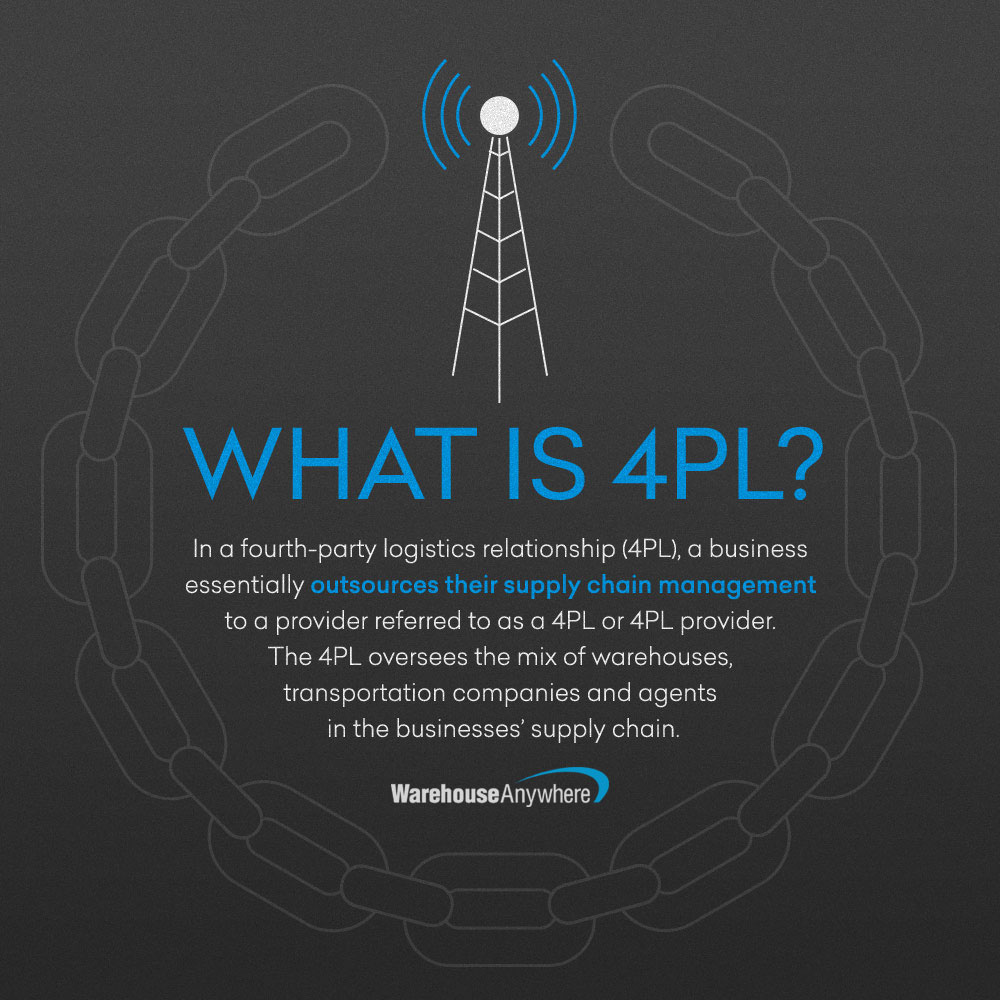
A fourth-party logistics provider, or 4PL, represents a higher level of supply chain management for the customer. The 4PL gives its clients a “control tower” view of their supply chains, overseeing the mix of warehouses, shipping companies, freight forwarders and agents.
The goal is to have the 4PL act as the single interface between all aspects of the supply chain and the client organization. Consulting firm Accenture originally copyrighted the term in the mid-1990s, but it has since fallen into generic use.
In some cases, a 4PL may be established as a joint venture or long-term contract between a primary client and multiple partners, often to manage logistics for specific locations or lines of business. The structure of a 4PL can vary, as there may be a 4PL component within a larger 3PL relationship. A 4PL is a form of business process outsourcing, similar to contracting out human resources or financial functions.
What’s the Difference Between 3PL and 4PL Logistics?

Typically, the 4PL does not own transportation or warehouse assets. Instead, it coordinates those aspects of the supply chain with vendors. The 4PL may coordinate activities of other 3PLs that handle various aspects of the supply chain. The 4PL functions at the integration and optimization level, while a 3PL may be more focused on day-to-day operations. A 4PL also may be known as a Lead Logistics Partner (LLP), according to the CSCMP.
The primary advantage of a 4PL relationship is that it is a strategic relationship focused on providing the highest level of services for the best value, as opposed to a 3PL that may be more transaction focused. A 4PL provides a single point of contact for your supply chain. With a 3PL, there may be some aspects that you still have to manage. The 4PL should take over those processes for you, acting as the intermediary for 3PLs, carriers, warehouse vendors and other participants in your supply chain.
The 4PL relationship simplifies and streamlines the logistics function using technology for greater visibility and imposing operational discipline across many partners and suppliers. The enterprise can focus on its core competencies and rely on the 4PL partner to manage the supply chain function for maximum value. Basically, the 4PL acts as the enterprise would if the supply chain functions were managed in-house.
As companies transition their supply chain model to forward deployment or decentralized distribution, a 4PL partner can step in and manage that complexity. Retailers, in particular, are shifting toward a more nimble model to support e-commerce and omnichannel services. A 4PL can manage the multiplying number of resources that it takes to compete at that level. The days of the million-square-foot super regional DC may be over, as companies opt for shared warehouse space near major customer centers to speed up responsiveness. The 4PL can manage those relationships, as well as optimize the network to use parcel carriers or couriers to support e-commerce, rather than LTL or truckload services.
What is Fulfillment?
To help you understand what fulfillment is, let us talk about the three most common types of fulfillment services:
E-commerce fulfillment: This is the process of receiving orders from an e-commerce website as well as the shipping, packing, and picking of merchandise for customers across the globe. The act of fulfilling orders that took place online is known as e-commerce fulfillment.Business to Consumer fulfillment: Also known as B2C fulfillment, this type of fulfillment refers to the fulfillment of orders to consumers rather than a business. Huge emphasis is placed on speed and accuracy in shipping as well as the provision of special features that guarantee customer satisfaction.Business to Business fulfillment: Also known as B2B fulfillment, this type of fulfillment refers to shipping in bulk supply for businesses. Businesses that require this service often procure products in advance so they don’t have to buy items on a daily basis. They may also need to supply merchandise and goods to another company for resale purposes.
4PL
Как мы отмечали в предыдущей части статьи, эволюционная составляющая присутствует даже в таких наукоемких областях, как логистика и управление цепями поставок. Появление нового уровня в классификации компаний – логистических посредников напрямую связано с тем, что менеджмент ведущих компаний хочет развивать свои конкурентные преимущества и оптимизировать затраты, связанные с управлением цепочкой поставок. Стремление выделиться на конкурентных рынках и есть, по мнению авторов статьи, основной двигатель развития компаний-посредников. Желание менеджмента компаний сконцентрироваться в области своей максимальной компетенции, желание переложить многофакторные риски на сторонние компании, потребность в максимально прогнозируемом размере входной цены товара приводят к тому, что оператор фактически становится владельцем всей логистической цепи своего клиента.
И очевидные шаги, отделяющие 4PL от его предшественника, – появление в рамках компании-оператора следующих организационных структур:
- подразделение по управлению запасами, к функциям которого относится планирование закупок партий товара на основании данных от клиента. В ряде случаев подразделение должно отслеживать уровень потребления товара через торговые точки клиента;
- отдел закупок – задачей подразделения является полный спектр взаимоотношений с поставщиками продукции клиента, включая договорные отношения. К задачам отдела можно отнести решение вопросов, связанных с сертификацией продукции и таможенному оформлению последней;
- группа бренд-менеджеров, в задачи которых входит контроль и, в случае необходимости, коррекция прогнозов поведения той или иной товарной позиции.
Количество информационных систем компании-оператора может не измениться – изменяется список бизнес-процессов, для поддержки которых предназначены эти системы (рис. 3).
Основная принципиальная особенность – наличие и использование компанией-оператором функциональности “Сводное планирование” ERP-систем, что позволяет в автоматическом режиме рассчитывать потребность в товарных запасах торговых точек компании-клиента. В отличие от традиционных для 3PL улучшений, относящихся к отдельным звеньям логистической цепи, 4PL-подход призван оптимизировать логистическую цепь в целом.
Сохраняя принятый нами стиль оценок компаний-операторов, не забудем упомянуть об инфраструктуре 4PL. Ее отличия от структуры 3PL в первую очередь обусловлены отличиями организационными, которые увеличивают потребность организации в площадях и кабинетах центрального офиса. Более того, возможны постоянные или временные удаленные рабочие места вне компании, например в структурах клиентов.
Таким образом, 4PL-провайдер представляет собой сочетание стратегического и оперативного управления, то есть функций консалтинговой компании, область экспертизы которой в первую очередь относится к бизнес-консалтингу, и 3PL-оператора.
Преимущества использования
PostgreSQL и большинство других СУБД используют SQL в качестве языка запросов. Он переносим и прост, как для изучения, так и для использования.
PL/pgSQL — это процедурное расширение языка SQL, обладающее следующими особенностями: .
- добавляет управляющие структуры к языку SQL,
- может выполнять сложные вычисления,
- наследует все пользовательские типы, функции и операторы,
- может быть определён как доверенный язык,
- прост в использовании.
PL/pgSQL позволяет сгруппировать блок вычислений и последовательность запросов внутри сервера базы данных, таким образом, мы получаем силу процедурного языка и простоту использования SQL при значительной экономии накладных расходов на клиент-серверное взаимодействие.
- Исключаются дополнительные обращения между клиентом и сервером
- Промежуточные ненужные результаты не передаются между сервером и клиентом
- Есть возможность избежать многочисленных разборов одного запроса
В результате это приводит к значительному увеличению производительности по сравнению с приложением, которое не использует хранимых функций.
Кроме того, PL/pgSQL позволяет использовать все типы данных, операторы и функции SQL.
3PL vs. 4PL — What’s Best for Your Company?
If your company is dealing with an increasingly complex supply chain and struggling to meet customer expectation for faster response, then an innovative 3PL or 4PL may be the best solution for you.
In partnering with an innovative leader, your supply chain solutions can be optimized for maximum customer value with a competitive advantage. The most successful logistics partnerships seamlessly blend the flow of products and information flow, and that’s where our technology truly enables supply chain excellence.
Whether you’re direct-to-consumer or offering service-level agreements to business-to-business partners, you know that overnight delivery (or close to it) is what your customers expect. That’s why Warehouse Anywhere is on a different level than other 3PL companies. If you are servicing a large national market, you can place fast-moving parts, materials or products in multiple fulfillment warehouse locations that are closest to your points of highest demand. This forward-deployed inventory model allows us to store your resources everywhere that you need them to be.
In addition to a distribution or fulfillment service, you’ll also have a layer of technology and expertise that a traditional 3PL warehouse doesn’t have. You will save on your transportation and logistics while also achieving excellent customer service.
To find out more about positioning your assets where you need them most, please don’t hesitate to connect with me on LinkedIn or contact us online today.
Поддержка
Поддержка PL/pgSQL в базах данных PostgreSQL включается приложением createlang в командной строке . Если имя пользователя операционной системы, с которым зарегистрирован в настоящий момент, совпадает с именем суперпользователя целевой базы данных, для вызова createlang можно воспользоваться командой, приведенной в листинге ниже(при необходимости вам будет предложено ввести пароль):
$ cd /usr/local/pgsql/bin booktown=# createlang plpgsql booktown
В противном случае имя суперпользователя базы данных передается приложению createlang с флагом – U:
$ cd /usr/local/pgsql/bin $ createlang plpgsql – U manager booktown
При успешном завершении программа createlang возвращает управление режиму командной строки без какого-либо вывода.
Why Should You Choose 3PL Center for Your Fulfillment Center Needs?
At 3PL Center, we educate our customers that fulfillment services are vital to business growth. We continually strive to provide top-notch fulfillment services to small and large businesses at the best rates. When you work with us for your fulfillment needs, you will find that it’s easier to keep your inventory closer at hand. Whether you need to ship items such as luxury watches (fragile items) or items that weigh more than five pounds (e.g. bowling balls), our fulfillment solutions also cover the shipping of items that require light assembly and customization.
With a combined experience of more than 45 years in the industry, we understand that preserving the original quality of your goods and merchandise is extremely important before delivery. That’s why our warehouses are equipped with the most current warehouse equipment, which includes a robust security and fire protection system. What’s more, we have a team of professional and experienced warehouse employees that will handle your items with utmost care.
When to Add 4PL Services to Your Outsourcing Mix
A 4PL, also known as a Lead Logistics Provider (LLP), adds another layer to your 3PL outsourcing strategy. To recap, when you work with 3PLs to fill a business need, you work directly with the companies providing the actual service. For example:
- Freight brokers are scheduling and overseeing your freight shipments
- Fulfillment companies are warehousing and shipping your products
- Sourcing partners are finding manufacturing facilities and scheduling production runs
Each of these 3PL services is handling a segment of your business. But, you have to find these 3PL services, contract and onboard with them, then oversee their activities directly. A 4PL does all of that for you by managing multiple 3PL providers on your behalf, rather than being the actual provider of the function or service.

3PLs do act as business partners, but remember, they must consider their operating costs and bottom line when pricing their services. 4PLs are removed from the cost of providing the actual service or function. This frees them to act solely in your interest when it comparing costs and rewarding jobs. Plus, they constantly audit 3PL provider markets to ensure you’re getting the best price.
Being removed from the functional role also makes 4PLs impartial players when determining which business functions are best to outsource to 3PL providers. Once you and your 4PL have identified the most cost-effective functions to outsource, it will find, onboard, and manage 3PL providers under one umbrella. Then your 4PL will closely monitor the day-to-day workflow and performance of your team of 3PL providers and reports results to you.
4PLs employ specialized logistics pros that are adept at pinpointing trouble spots before they become costly issues. Plus, they constantly review and send bids to different 3PL providers to ensure that you’re getting the best possible services for the lowest price.
For a growing business that’s juggling many operational details, a 4PL can take the place of adding dedicated staff to oversee 3PL activities. With this off of your plate, you can focus your energy on what you do best, be it product development, marketing, or whatever helps you grow your business.
What 4PL Partner Services Cost
In most cases, 4PLs charge monthly account or retainer fees for their services. Unlike 3PLs which charge fees based on an operational function, service, or product, 4PLs don’t tie fees directly to operating costs. This frees their logistics staff to work in your best interest, rather than push one service or provider over another because of a larger commission or markup.
Of course, there are many 4PL providers out there and not all of them structure fees the same way. However, most provide services on a consultancy basis, and the account fees and retainers are wholly separate from the actual 3PL services costs.
How to Find 4PL Partners
There are two types of 4PL partners that you can contract with, including:
- Independent 4PL consultants and standalone businesses
- 4PL divisions within large 3PL companies
Which is best for you largely depends on the services you need. Typically, you’ll look to an independent 4PL to help identify and manage 3PL procurement services and oversee related logistics such as 3PL transportation and distribution.
For outsourcing needs centered on transportation, warehousing, and distribution, there are 4PL divisions housed within large transportation 3PL providers. It might sound like a conflict of interest, but these 4PL divisions work quite independently and treat the parent operation as just one of many 3PL providers when requesting bids on your behalf.
In most cases, 4PL services are geared to larger companies with ample budgets. But small businesses doing a lot of one thing, say a business shipping freight in high volume, can find savings using a 4PL to manage the entire functional area. If you compare outsourcing 4PL services against hiring and overseeing dedicated staff, a 4PL can be a cost-effective solution that easily scales to meet your needs.
Disadvantages of 3PL
While the 3PL model has been successful for decades, there are some things to consider. Perhaps the most significant caveat is the lack of direct oversight and control. After all, a 3PL is an outsourced service provider. That means some activities will take place outside of your direct supervision. Ensuring quality control and customer service requires an extra level of diligence. If a 3PL fails to deliver on a customer’s expectation, the customer will blame your company, not the 3PL.
Another issue is the degree of dependency a 3PL can create. When you outsource a significant segment of your business, it can be difficult to switch providers or take the operations in-house if pricing or service levels no longer meet expectations.
Logistics management without 3PL
The bigger your business began to grow, the more difficult and more stressful hand picking and packing each order became. You weren’t able to concentrate on creating new designs and products and the feedback from your customers began to centre only around lead times and shipping experiences. They stopped posting your beautiful designs on their social media accounts and sharing their experiences of your online store with friends, family and other online customers. You were unable to update your product listing with new designs because there was no time to create them, and the designs available for sale were never accurately reflected in your stock on hand.

